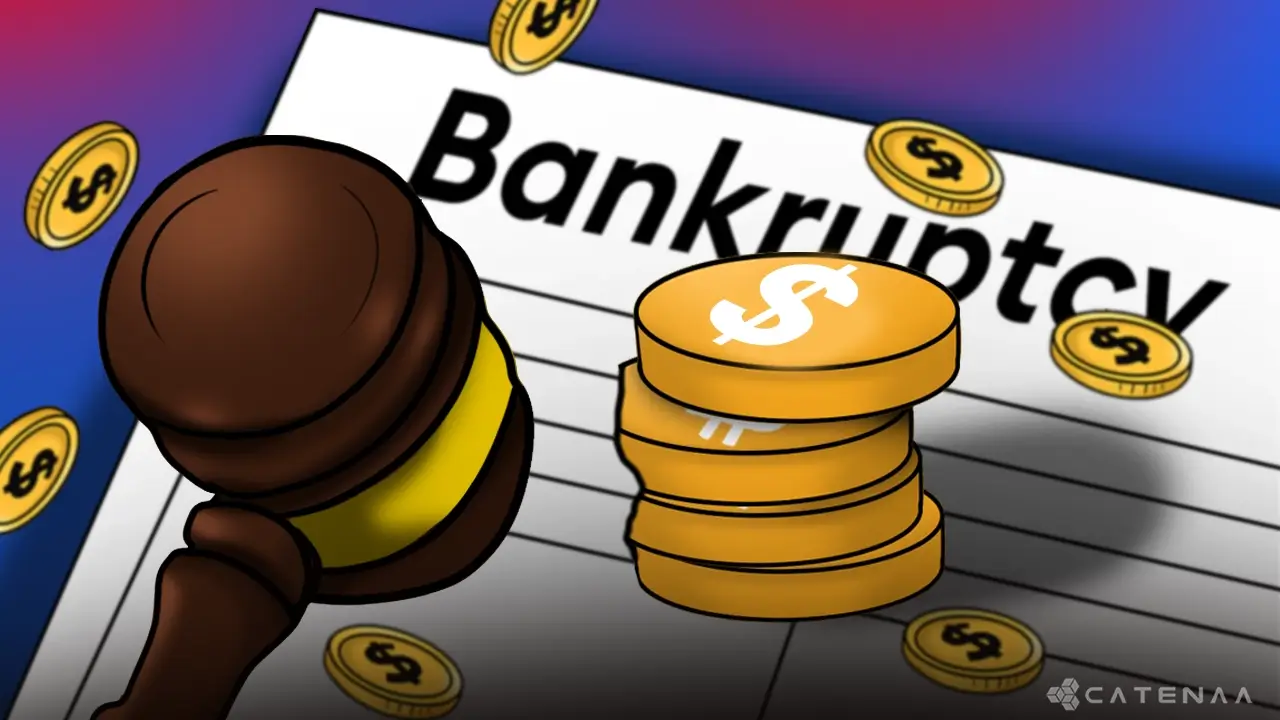Terra Luna Blockchain was launched in 2018 and is the venture of businessmen Daniel Shin and Do Kwon. 2019 saw the debut of its LUNA governance and staking coin. LUNA’s value then immediately increased, and it was valued at almost $37 billion as of April 2022, making it the sixth most popular cryptocurrency.
Shin and Kwon’s goal was to build cryptocurrencies that were stable compared to the main international currencies. According to the cryptocurrency analytics website Messari, the Terra Alliance, a grouping of 15 significant Asian e-commerce enterprises, was where it all began.
Terra’s primary offering was TerraUSD, an algorithmic stablecoin that employed intricate logic to keep its value pegged to the US dollar. It improved upon other stablecoins like USDC and Tether, whose cash reserves evade the public eye.
Yet, in May 2022, Terra’s tie to the US dollar was broken, and Luna’s value plummeted by 99% in two days. Subsequently, Terra was hard forked to create Terra 2.0, and the prior Luna tokens were rebranded as Luna Classic (LUNC). However, the coins have yet to recoup their original worth as of March 2023.
Meteoric rise
In April, a Luna coin was going for nearly $116 until it lost its value and was taken off the market. Before that, the currency went from less than $1 in early 2021 to creating a number of crypto millionaires within a year. Kwon achieved cult status among retail Bitcoin investors. The success stories of regular individuals who had gained millions because of Luna were all over the media.
The value of Luna increased by around 135% between January 2022 and April 2022, leading to its peak. The chance to stake your UST assets on the Anchor lending platform for a 20% APY was a major factor contributing to its rise. Several onlookers believed that this excessive rate of growth was unmanageable and unnatural.
The Anchor Protocol, a decentralized finance (DeFi) platform, was created using the Terra blockchain. This platform became well-known because of the 20% dividend it gave UST stakers. Anchor would then lend the money to a new investor. Several opponents were concerned about where the money came from to pay such a high APY, and some saw this to be a clear-cut Ponzi scheme. As much as 72% of UST was formerly allocated to Anchor since the platform served as Terra’s primary source of demand.
Luna’s meteoric fall
The main reason behind the Luna crash was the de-pegging of TerraUSD (UST) the algorithmic stablecoin of the Terra network.
UST worth more than $2 billion was unstacked (removed from the Anchor Protocol) on May 7, and hundreds of millions of it were swiftly liquidated. Whether this occurred as a reaction to increasing interest rates or whether it was an intentional assault on the Terra blockchain is up for discussion. The price of UST dropped from $1 to $0.91 as a result of the massive selloffs.
The stablecoin began to de-peg after a significant volume of UST had been offloaded, and this resulted in more selling due to the panic. This increased the amount of Luna produced, causing hyperinflation. This caused chaos in the markets, which led exchanges to remove Luna and UST pairs from their platforms.
The unfortunate LUNA collapse left many cryptocurrency investors with a bad aftertaste, yet we shouldn’t forget the promise that algorithmic stablecoins hold.
UST was far from perfect, but the concept is sound, and it was an ingenious innovation. This mishap showed how risky and volatile the cryptocurrency space is, resonating that due diligence and proper risk management are a must if one is to invest.


